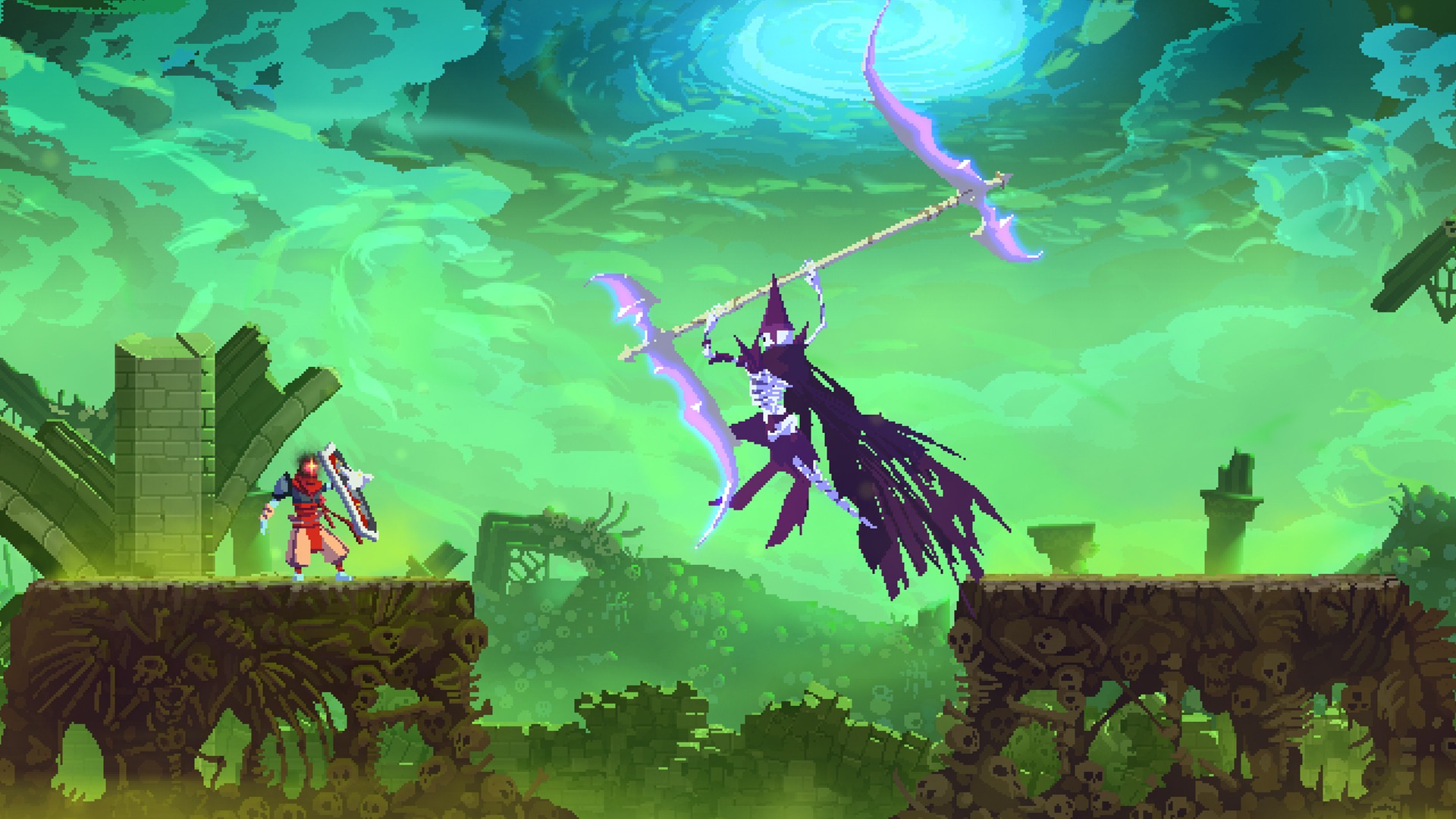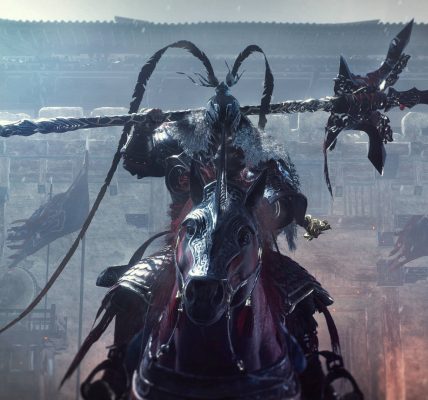I loved Dead Cells, but it never seemed particularly similar to Castlevania to me. Motion Twins’ acclaimed Action Roguelike certainly resembled some of its action mechanics, but not so much that I would have ever made a connection with Konami’s vampire-hunting franchise. When the Studio announced that it would make an expansion based on the Castlevania model, I was certainly intrigued, but also surprised. How exactly would this work? It turns out that Dead Cells: Return to Castlevania is a clever fusion of Castlevania donates and the structure of Dead Cells, illustrating how the Castlevania DNA was part of Dead Cells from the starting.

The similarities in the middle the two are strongly emphasized by their differences. Castlevania, and in particular the Symphony of the Night subgenre, which serves as the basis for most of this expansion, is an exploration-based action game with a castle full of welded secrets and mechanical precision in controlling progress. Dead cells are not so much, because their rogue-like biomes mix and combine different parts like LEGO bricks. You will recognize some parts after playing them enough, but it will still be impossible to draw a coherent map or tell a friend exactly where to find a secret key. In this regard, they could not be more different.
Thus, the mixture in Return to Castlevania can best be described as dead cells that give their best impression of Castlevania. The biomes in Castlevania are still randomized in Roguelike style, but the rooms feel more focused on solving puzzles and riddles than in the main Dead Cells game. In fact, this is one of the most impressive tricks of Return to Castlevania – it is still made up of interlocking parts, but the most secret components do not feel contained in small pieces. It’s almost as if the game creates a new Castlevania map, albeit a relatively small one, with each respawn.
However, the most famous honors come in the form of new enemies and weapons. These enemies range from the humble Pisces man to great armored knights through a confrontation with Dracula himself. You will find famous sub-weapons like the cross and holy water almost instantly when you walk through the castle, and once you unlock them, you can upgrade them with modifiers just like any other piece of dead cell. Seeing action against familiar enemies with recognizable weapons really shows how the remarkably satisfying action of Dead Cells has always been like the best moments of Castlevania.
The story is light and consists mainly of characters like Richter or Alucard who show up for a brief conversation about where to find Dracula, but it is usable and helps point you in the right direction. The ghost is playful, the crater shrugging his shoulders and stretching his thumbs through this new wild adventure filled with video game kings. Certain moments in the story will reward you with powerful new weapons or primary Skins inspired by the heroes of Castlevania, and wearing these Skins even allows certain characters to recognize you and talk to you as if they were, for example, Simon Belmont.

Some of the best cinematic moments are not linked to the story at all, but rather when you experience a Hyper-specific Easter Egg that refers to a Moment in the history of Castlevania. At one point, I sat there watching the ghostly dancers swirl around the hypnotized screen for minutes before finally realizing that if I let it, the scene would go on forever.
Since these are dead cells, it is also remarkably heavy. Dead Cells was already known for its challenge , and Return to Castlevania seemed a little more difficult than the main campaign. This means that it is ideal for experienced craters looking for a new challenge , but there is no need to refer to the endgame content. That’s because the Castlevania content itself offers you such a constant stream of powerful new equipment that you don’t necessarily need to wait for the stars to align on a race that gives you a good build.
The new weapon load is also inventive in new ways that both fit into the Middle of the dead cells and feel emblematic of Castlevania. The Weapon you get to defeat expired , for example, creates an electrifying rush to battle and encourages you to eliminate the weakest enemies to strengthen yourself against stronger enemies.
All this makes Return to Castlevania a great little taste of Castlevania as part of Dead Cells, but this is just a taste. This is an expansion, after all, so a few new biomes are being added that, taken together, would represent only a fraction of the map space of a typical Castlevania game. It’s also mostly simple, rather than requiring traditional backtracking to open up new pathways with additional powers. The sprawling scope of a sprawling environment is part of Castlevania’s core identity, so its absence is a reminder that these are still Castlevania-flavored dead cells. Depending on your luck and ability, it will take a few hours to explore the content and reach Dracula, and probably a few more hours to find and unlock all the new equipment.

It is also an extension for dead cells because there are no easy shortcuts. He is a thug after all, so even if you know the secret to finding Dracula’s inner sanctum, it will take a little work to get there. If you die – for example, against the difficult final battle with Dracula-you have to start all over again.
These properties are an integral part of this extension to dead cells. It retains its own basic identity, so the smaller randomized biomes and the absence of abbreviations are only part of its nature. These are not particularly reminiscent of Castlevania, but the entire expansion is imbued with Castlevania flavor. Dead Cells: Return to Castlevania is a clever and frenetic fusion of a modern Action Roguelike and classic gaming royalty.




